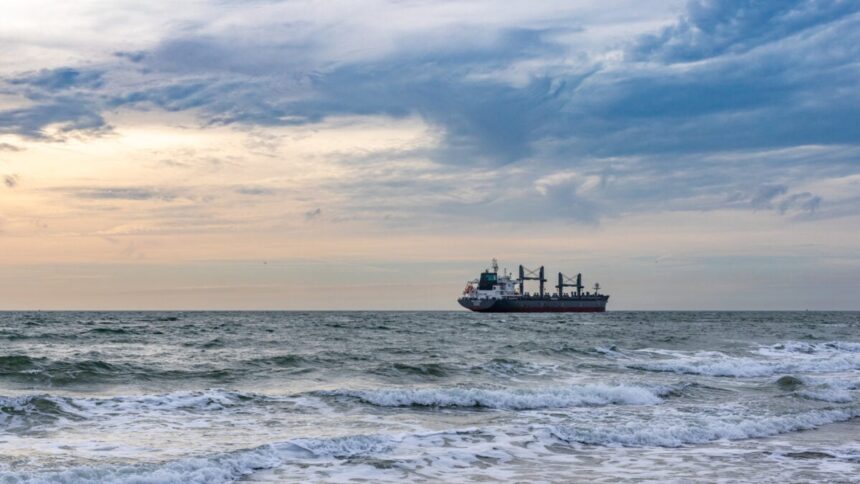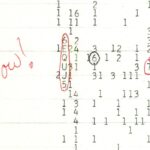In the world of stratigraphy, or rock layers, superficial sediments are usually younger than the deeper ones they settle upon. The North Sea, however, has revealed giant mounds of sand that defy this geological principle on a scale scientists have never seen before.
Researchers from Norway and the UK have identified hundreds of sand bodies under the North Sea that seem to have sunk deeper into the ocean’s crust, swapping places with older layers, which floated to the top of the sand structures. The team claims that these aptly named “sinkites” represent the largest known stratigraphic inversion and could significantly impact carbon storage projects.
“This discovery reveals a geological process we haven’t seen before on this scale. What we’ve found are structures where dense sand has sunk into lighter sediments that floated to the top of the sand, effectively flipping the conventional layers we’d expect to see and creating huge mounds beneath the sea,” Mads Huuse, a geologist from the University of Manchester, said in a university statement.
Huge, ancient chunks of sand
With data from sources including direct rock samples and high-resolution 3D imaging techniques, Huuse and his colleagues investigated “mounds and ridges of sand embedded in fine-grained sediments, up to several hundred meters high and [tens] of [kilometers] long,” the team, led by Huuse, wrote in a study published earlier this summer in the journal Communications Earth and Environment.
Researchers suggest the sinkites formed due to earthquakes or changes in underground pressure during the Late Miocene (10.4 to 5 million years ago) to Pliocene (5 to 1.6 million years ago) epochs. These events could have liquified the sand, making it sink via fractures in the seabed. This flow would have replaced the deeper ooze rafts—rigid but more porous layers of sediments with a large quantity of tiny marine fossils. These ooze rafts, or “floatites,” would have then floated to the top of the sand mounds, reversing the original order of the layers.
“This research shows how fluids and sediments can move around in the Earth’s crust in unexpected ways,” House explained in the statement. “Understanding how these sinkites formed could significantly change how we assess underground reservoirs, sealing, and fluid migration—all of which are vital for carbon capture and storage.”
Implications for climate change mitigation
In order to slow human-driven climate change, many scientists argue that, in addition to lessening our emissions of planet-warming greenhouse gasses such as carbon dioxide (CO2), we must also find ways to capture and store them before they enter the atmosphere. One such approach could involve storing CO2 in the ocean. In fact, the world’s first commercial carbon storage project has just completed its first delivery of CO2 into the North Sea’s seabed. The researchers from the recent study argue that their discovery of sinkites carries implications for the safety of such projects, as well as predicting locations of trapped oil and gas.
“As with many scientific discoveries there are many sceptical voices, but also many who voice their support for the new model,” Huuse concluded. “Time and yet more research will tell just how widely applicable the model is.”
Read the full article here












